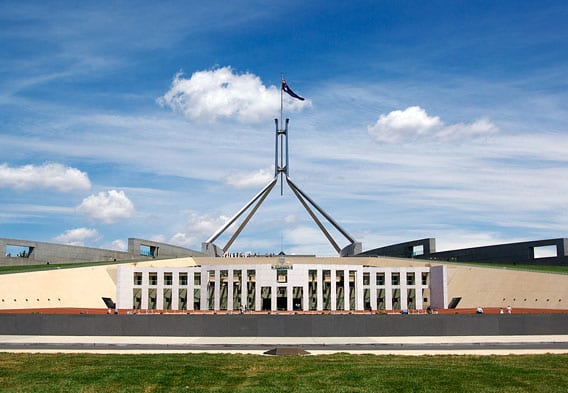It’s been a case of one step forward, two steps back, for Australia’s climate policy in recent times. It’s up to the next parliament to get things moving, Paul Burke writes.

Australia has taken a substantial step backward on climate policy during this term of Parliament. Terminating the carbon price left us without a credible policy to achieve long-term emissions reductions. After a period of decline, emissions are on the rise again.
With a new Parliament about to be elected, the risk is that Australia drags its feet on climate action rather than taking the opportunities for policy reform that are available to us.
The brightest spot is probably that renewables have now been quite widely embraced. An important step in this process was last year’s resolution of disagreements over the renewable energy target. The major parties agreed to a revised target to ensure that more than 20 per cent of Australia’s electricity will come from renewables by 2020. Renewables are popular among the electorate.
There are also some signs of a potential for convergence in emissions policy. There is speculation that the Coalition Government’s emissions safeguard mechanism could one day be tightened to form an emissions trading scheme, although no commitments have been given as yet. The Labor Opposition is promising not one but two emissions trading schemes.
It is clear that the Government’s Direct Action scheme – subsidy payments to induce emissions reductions – is not up to the job of decarbonising Australia’s economy. A key problem is that some of the funding is flowing to projects that would have happened even without a subsidy. Another problem is that the scheme has to date not been able to incentivise many types of emissions reductions, including from electricity generators. The scheme also creates a fiscal burden at a time when we are trying to get our budget deficit under control.







